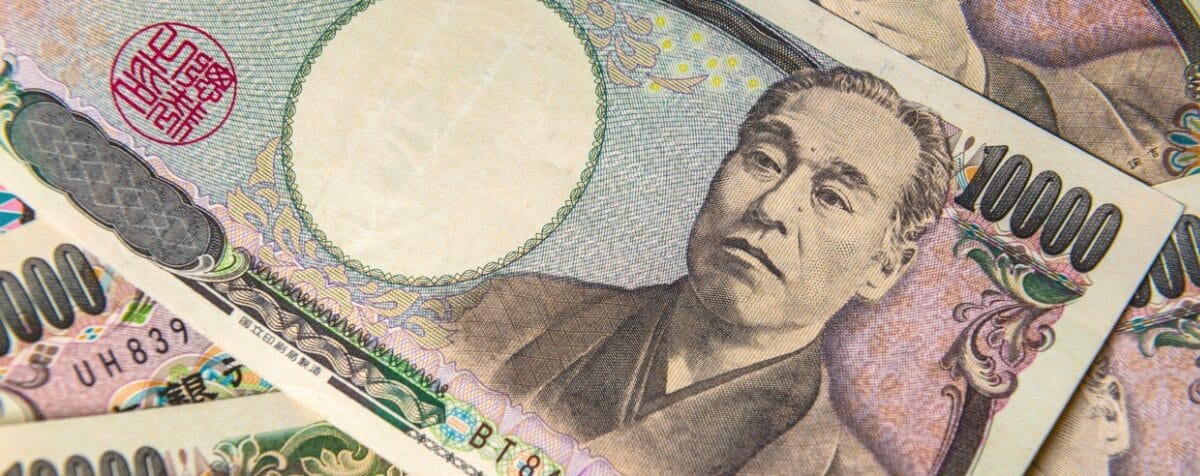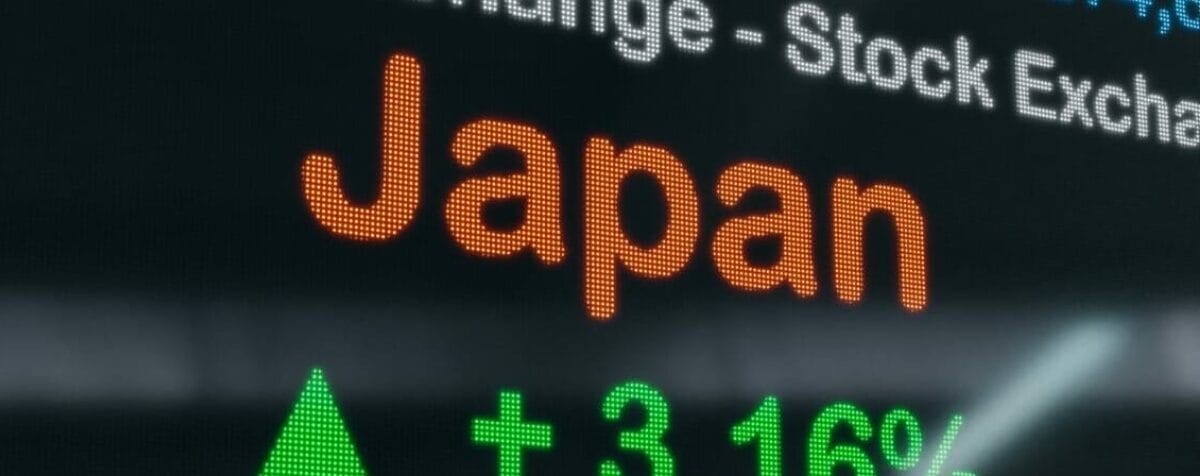In the ever-changing investment landscape, the role of traditional bonds is challenged by declining returns as global central banks unwind their excess monetary stimulus to boost interest rates after the pandemic.
Fixed income, once a stabilising force for asset-rich Japanese corporate pension funds, now struggles to counter stock and currency volatility. They are also reducing fixed income and heavily diversifying their portfolio in asset class alternatives as high currency hedging costs prompt caution, with them seeking shelter in short-term strategies amid uncertainties surrounding rising global interest rates and central bank policies.
The question of the expected role of fixed income investments was generally the same one for any investors in the past when they allocated most of their funds into traditional four assets – domestic and foreign bonds and equities.
However, this traditional strategy doesn’t work now as expected returns on fixed income have declined and global central banks’ unprecedented monetary stimulus has undermined expected returns on bonds. In addition, the increased correlation with stocks has made it almost impossible to control the volatility of equities with conventional bonds.
Many Japanese corporate pension funds treat fixed income as core assets with bonds accounting for more than 30 per cent of domestic corporate pension funds’ total assets. This indicates both domestic and foreign, including non-hedged bonds, and there is no doubt that this is an important asset for the pension industry.
Shifting into alternatives
However, the 538.6 billion yen ($3.6 billion) Daiwa Houses Industry Pension Fund, has already slashed its allocations for fixed income while the fund has diversified its portfolio excessively by sharply pouring into alternative investments.
“For my part, I think it would be better not to have the same excessive expectations for bond investments as we had in the past,” Toru Yamane, investment management director of Japan’s largest homebuilder, said in a panel discussion during the second day of the 17th Global Fiduciary Symposium in Tokyo on November 14, 2023.
“Our domestic and foreign bond allocation for both domestic and foreign bonds only accounts for 5.5 per cent of our entire assets,” Yamane told a panel discussion. “From anyone’s eyes, this doesn’t look like a core asset, but this doesn’t mean that we treat the asset class as unnecessary.”
He went on to explain the fund’s strategy in fixed income, saying the pension fund considers bonds as one of the components to diversify its portfolio but it also takes exposures in fixed income through alternatives on top of traditional bond investment of 5.5 per cent, bringing the overall total of bond products to 11 per cent.
Normal yield curve
A chief investment officer of a corporate pension fund based in western Japan, who spoke on the condition of anonymity, said he was looking for an opportunity to take exposures to traditional US bond investment. High currency hedging cost has made the pension fund difficult to buy US fixed income, forcing the fund to park their assets into short-term US MMF.
“Pension funds should take a long-term strategy but it’s not appropriate to their strategy frequently,” he said. “We have to wait until the yield curve normalises and if that happens, we’ll start investing in US long-term bonds.”
Rising global interest rates and currency hedging costs have given headaches to other portfolio managers, prompting them to refrain from currency-hedged foreign bond investments and seek shelter from Japanese government bonds. They were closely watching the Bank of Japan’s monetary policy to see when the bank would start raising its interest rates.
As for Gakuji Takahashi, chief director at Nikkei Pension Fund, he recently parked about two billion yen worth of funds from proceeds gained from domestic and foreign equities into domestic bonds.
Potentially, there is more of a likelihood of dealing capital loss from domestic bond investment as the BOJ is expected to alter its excessive monetary stimulus policy and see raising interest rates, with uncertainty prevailing about when the Japanese interest rates will settle down.
“In any case, domestic bond investment could deal capital loss,” Takahashi said. “In such a condition, we chose the strategy to focus on short-term domestic credit. Until the BOJ’s monetary policy is clear, we’re planning to take such a strategy as a precautious measure.”



